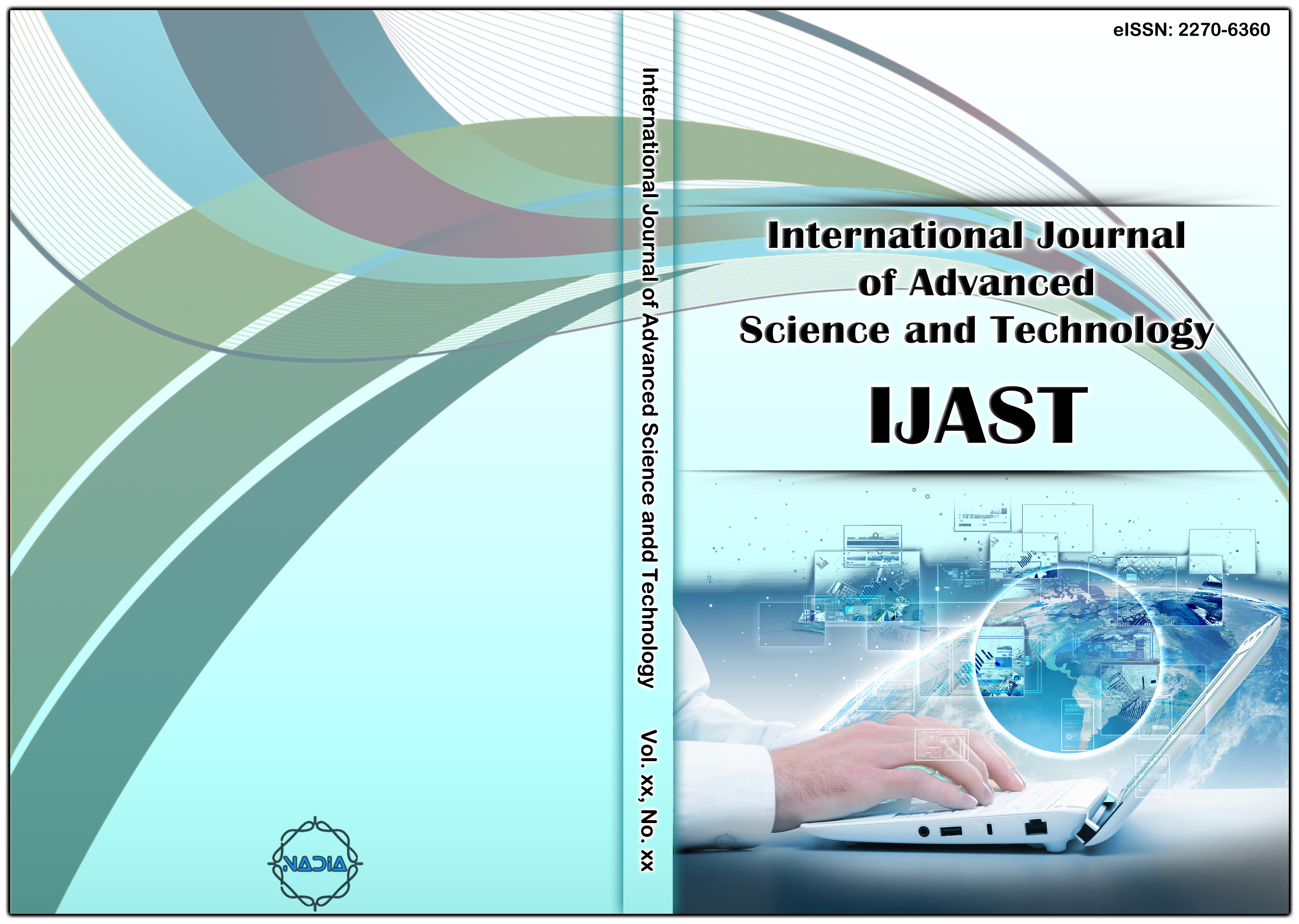[1] Comaniciu, D., Ramesh, V. and Meer, P. “Kernel-based object tracking” IEEE Transactions on Pattern Analysis and Machine Intelligence 25.5 (2003): 564-577.
[2] Zhang, T., Ghanem, B., and Liu, S. “Robust visual tracking via multi-task sparse learning” Computer vision and pattern recognition (2012): 2042- 2049.
[3] Zhang, T., Ghanem, B. and Liu, S. “Low-rank sparse learning for robust visual tracking” European conference on computer vision, (2012): 470- 484.
[4] Mei, X. and Ling, H. “Robust visual tracking using l1 minimization” International conference on computer vision (2009): 1436-1443.
[5] Kristan, M., Matas, J., Leonardis, A., Felsberg, M., Cehovin, L., Fernandez, G., Vojir, T., Hager, G., Nebehay, G. and Pflugfelder, R. “The visual object tracking vot2015 challenge results”, IEEE International Conference on Computer Vision Workshops, Santiago, Chile, 7-13 December 2015, pp.1-23.
[6] Frintrop, S., Klodt, M., and Rome, E. “A real-time visual attention system using integral images” Fifth International Conference on Computer Vision Systems (ICVS), Bielefeld, Germany, 2007.
[7] Grove, T. D., Baker, K.D. and Tan, T. N. “Color based object tracking” Fourteenth International Conference on Pattern Recognition, Brisbane, Queensland, Australia, 2002.
[8] Itti, L., Koch, C. and Niebur, E., “A model of saliency-based visual attention for rapid scene analysis”, IEEE Transactions on Pattern Analysis and Machine Intelligence 20.11 (1998): 1254-1259.
[9] Cheng, M. M., Zhang, G. X., Mitra, N. J., Huang, X. and Hu, S. M. “Global contrast based salient region detection” IEEE Conference on Computer Vision and Pattern Recognition, Colorado Springs, CO, USA, 20-25 June 2011, pp. 409-416.
[10] Judd, T., Ehinger, K. A., Durand, F. and Torralba, A. “Learning to predict where humans look” IEEE Twelfth International Conference on Computer Vision, Kyoto, Japan, 29 September - 2 October 2009, pp. 2106–2113.
[11] Ali, B., Dicky, N. and Itti, S. L. “Probabilistic Learning of Task-Specific Visual Attention” IEEE Conference on Computer Vision and Pattern Recognition, Providence, RI, USA, 16-21 June 2012, pp. 470-477.
[12] Zhai, Y. and Shah, M. “Visual attention detection in video sequences using spatiotemporal cues” Fourteenth ACM international conference on Multimedia, Santa Barbara, CA, USA, 23 – 27 October 2006, pp.815-824.
[13] Tuzel, O., Porikli, F. and Meer, P. “Region Covariance: A Fast Descriptor for Detection and Classification”Lecture Notes in Computer Science, Vol. 3952. Springer, Berlin, Heidelberg, 2006, pp. 589-600.
[14] Achanta, R., Shaji, A., Smith, K., Lucchi, A., Fua, P. and Susstrunk, S. “SLIC superpixels compared to state-of-the-art superpixel methods” IEEE Transactions on Pattern Analysis and Machine Intelligence, 34.11 (2012): 2274-2282.
[15] Zhou, L., Yang, Z., Yuan, Q., Zhou, Z. and Hu, D. “Salient Region Detection via Integrating Diffusion-Based Compactness and Local Contrast” IEEE Transactions on Image Processing, 24.11 (2015): 3308-3320.
[16] Liu, Y., Yang, F., Zhong, C., Tao, Y., Dai, B. and Yin, M. “Visual tracking via salient feature extraction and sparse collaborative model” International Journal of Electronics and Communications, 87 (2018): 134-143.
[17] Kristan, M. et al. “The Visual Object Tracking VOT2016 Challenge Results” Computer Vision ECCV Workshops. Lecture Notes in Computer Science, Vol. 9914. Springer, Cham, 2016, pp. 777-823.
[18] Henriques, J. F., Caseiro, R., Martins, P. and Batista, J. “High speed tracking with kernelized correlation filters” IEEE Transactions on Pattern Analysis and Machine Intelligence, 37.3 (2015): 583-596.
[19] Danelljan, M., Hager, G., Khan, F. and Felsberg, M. “Accurate scale estimation for robust visual tracking” British Machine Vision Conference, Nottingham, 2014.
[20] Nam, H. and Han, B. “Learning multi-domain convolutional neural networks for visual tracking” IEEE Conference on Computer Vision and Pattern Recognition, Las Vegas, NV, USA, 27-30 June 2016, pp. 4293-4302.
[21] Tang, M. and Feng, J. “Multi-kernel correlation filter for visual tracking” IEEE International Conference on Computer Vision, Santiago, Chile, 7-13 December 2015, pp. 3038-3046.
[22] Chi, Z., Li, H., Lu, H. and Yang, M.H. “Dual Deep Network for Visual Tracking” IEEE Transactions on Image Processing, 26.4 (2017): 2005-2015.
[23] Possegger, H., Mauthner, T. and Bischof, H. “In defense of color-based model-free tracking” IEEE Conference on Computer Vision and Pattern Recognition, Boston, MA, USA, 7-12 June 2015, pp.2113-2120.
[24] Lee, H. and Kim, D. “Salient Region-Based Online Object Tracking” IEEE Winter Conference on Applications of Computer Vision, Lake Tahoe, NV, USA, 12-15 March 2018, pp. 1170-1177.
